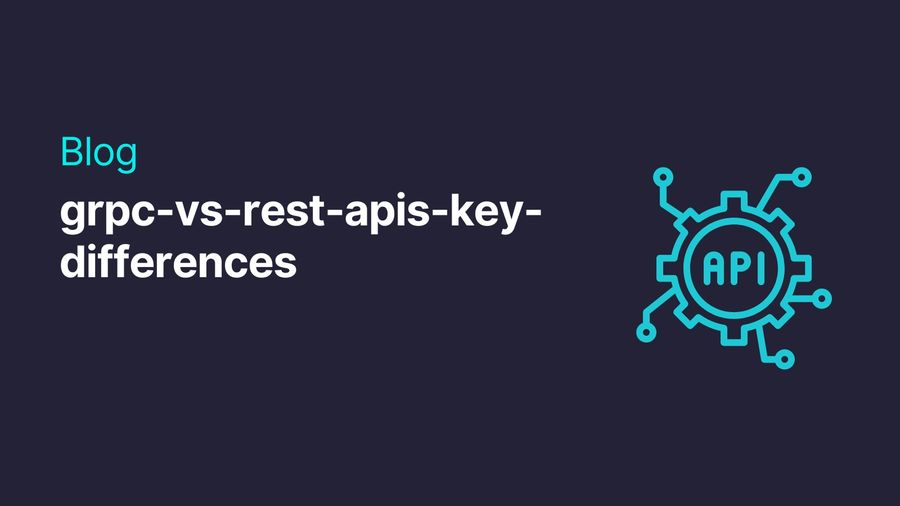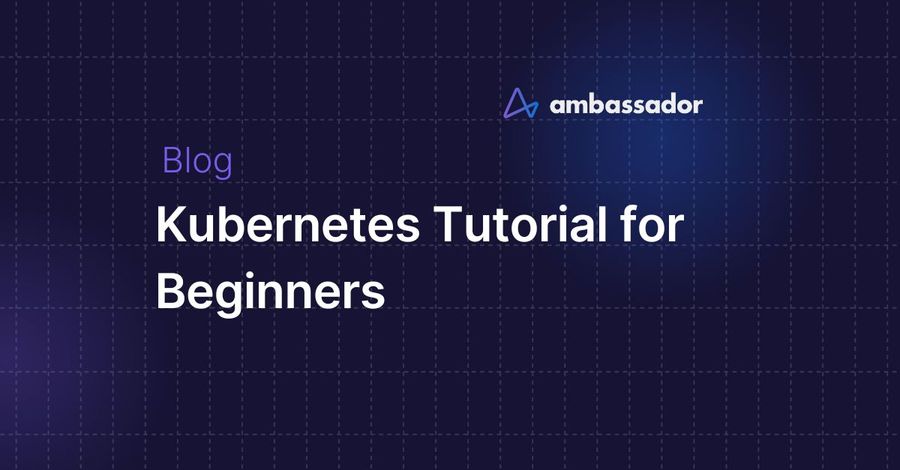
Article
Understand the difference between layer 4 and layer 7 load balancing in a Kubernetes cluster.
Today, we talk about layer 4 vs layer 7 load balancing. Layer 4 refers to the connection level of the OSI network stack and layer 7 refers to the application level. As modern network protocols evolve, more and more protocols are taking advantage of piggybacking and multiplexing requests onto a single connection. This means that if your Kubernetes services communicate using HTTP/2, gRPC, or any protocol that multiplexes requests onto connections, it is very important for you to use a layer 7 load balancer. This video explains why:
Learn More
October 14, 2022 | 1 min read

Telepresence
Microservices and cloud native architectures.
When organizations move to microservices and cloud native architectures their infrastructure requirements become more complex, and also more important to individual application developers. With a monolithic application, infrastructure concerns were managed by the operations team and kept largely hidden away from development teams.
With Kubernetes and the large amount of external dependencies involved with microservices, application developers are exposed to many more parts of their application than they had been previously. As a result, it’s easy for application developers to end up spending more time fighting with configuration (think lots of Kubernetes YAML) in order to make sure their development environments and tests are realistic.
September 20, 2022 | 5 min read

Kubernetes
Key considerations for developers looking to configure an ingress controller on AWS or Amazon EKS
What is Ingress in AWS?
Kubernetes Ingress is an API resource that allows you to manage external or internal HTTP and HTTPS access to Kubernetes Services running in a cluster. AWS provide several load balancer types that can be used in conjunction with a Kubernetes ingress, and these include both transport-based layer 4 (L4) and application-based layer 7 (L7) options
August 15, 2022 | 10 min read

API Gateway
Application Programming Interfaces enable applications to access data or features of a service, operating system, or other applications. gRPC and REST are two common API specifications used to define the design of these interfaces.
This article compares gRPC vs REST as the two popular API frameworks, their benefits, limitations, and potential use-cases.
What is a REST API?
August 3, 2022 | 13 min read

API Gateway
Explore real-world benchmarking results between HTTP/3 vs. HTTP/2 and HTTP/1
With HTTP/3 being supported by all the major web browsers, including Chrome, Firefox, and Edge, and the official HTTP/3 RFC being finalized this month, now is the time that organizations are beginning a widespread rollout of this protocol. As leaders in the implementation of the HTTP/3 spec, the Envoy Proxy and Google teams have been working on rolling this out for quite some time and have seen considerable performance improvements. We were keen to explore the real-world results and have run a series of benchmarks with Edge Stack, which contains Envoy Proxy at its core.
June 29, 2022 | 6 min read

Kubernetes
Want to get started with Kubernetes? You are in luck! This detailed tutorial on Kubernetes will teach you Kubernetes basics, how Kubernetes originated, its architecture, concepts, and more!
Origin of Kubernetes
June 28, 2022 | 35 min read









